#santiago valdivieso
Text
More than three years after Chilean lawmakers took on the task, the country is still working on a new constitution. The initial push ended in failure last September, when voters overwhelmingly rejected a draft that many saw as too radical. While the latest rewrite attempt includes safeguards aimed at avoiding past blunders, it still faces no shortage of challenges.
1. Why is Chile writing a new constitution?
The current one dates to the military dictatorship that ruled from 1973 to 1990. Though it’s been amended several times since Chile returned to democracy, many view the document as illegitimate because of its origins during the reign of General Augusto Pinochet, a violent dictator whose rule featured arbitrary arrests and political executions. Critics have also argued that elements of the constitution have entrenched inequality. When mass street protests began on Oct. 18, 2019, triggered by an increase in Santiago subway fares, demonstrators expanded their grievances to include problems with the pension, health care and education systems. In an effort to diffuse tensions, then-President Sebastian Pinera agreed to hold a 2020 referendum on whether to rewrite Chile’s charter and, if so, how. Almost 80% of voters said yes, and a large majority favored doing so by appointing a Constitutional Convention.
2. What happened in the first attempt?
Electing members of the Constitutional Convention in May 2021, voters delivered a massive surprise by spurning traditional political parties in favor of left-leaning independents. Rightist members failed even to secure the one-third of seats necessary to block articles. The body rushed to finish the draft after a year of work, writing and then re-writing clauses and going as far as holding weekend and late-night sessions. In doing so, it incorporated proposals that some viewed as radical change, such as the eliminating the senate — the upper house of Chile’s bicameral legislature — and creating a parallel justice system for indigenous communities. On Sept. 4, 2022, voters overwhelmingly rejected that document, 62% to 38%. It was a huge blow to leftist President Gabriel Boric, who had publicly supported the new charter.
3. What’s different this time around?
Lawmakers went back to the drawing board. In December, following weeks of intense negotiations, they announced an agreement on a new process that divides power and responsibilities across different groups. A Commission of Experts elected by Congress has been outlining new articles since March. On Sunday, voters will elect a Constitutional Council, which will have the ability to accept, reject or modify the proposals from the experts. An Admissibility Technical Committee will oversee the work and ensure that articles do not violate a set of constitutional pillars on Chile’s territorial integrity, the right to property, branches of government and autonomous institutions including the central bank, among other entities. The idea of the structure is to ensure that the end product reflects the will of voters and the guidance of distinguished specialists, all while limiting odds of extreme change.
4. What’s been the reaction from voters and investors?
Rising voter apathy after months of political twists and turns poses a challenge to the latest rewrite effort. Only 31% of people are interested in the new campaign, according to a Criteria public opinion survey published in April, down from 60% two years prior. “There’s high risk of disengagement,” said Criteria founder Cristian Valdivieso. In a Pulso Ciudadano poll published April 30, roughly 61% of respondents said they don’t trust the process, up from 55% in January. Public attention has been more attuned to problems such as crime and inflation, with relatively little buzz on the new constitution on social networks and in the streets. Most investors are brushing off those woes, as they now see the threat of radical changes to the nation’s pro-business rules as next to nil. Since the September referendum, the peso has gained roughly 10% as uncertainty has cleared. The design of the latest charter rewrite prevents unorthodox and radical initiatives from going through, analysts at JPMorgan wrote in a May 1 research note, adding that they are overweight on local stocks. In a Bloomberg survey published on May 2, only 14% of investors cited the constitutional process as a top local political concern, versus 64% who cited debate over pension fund withdrawals.
5. Where do things stand now?
In Sunday’s election, Chileans will select the 50 members of the Constitutional Council. The election is obligatory, meaning that all registered voters will have to submit ballots or else risk paying a fine. They will choose contenders from a total of five different lists — one from the left, one from the center-left, one from the center-right, one from the right and one featuring candidates from a populist party. All eyes will be on whether any political block gets close to 30 of the 50 seats. “The elections will likely result in a fragmented body that tilts right but in which none of the competing lists has the three-fifths majority needed to pass norms on their own,” Eurasia Group analysts including Maria Luisa Puig wrote in a May 1 note. The vote will be held at a time when Boric’s approval ratings are low, likely undermining the performance of his leftist coalition, according to the note.
6. What happens after Sunday’s vote?
The Constitutional Council will start work in June and will have four months to complete its tasks. After the council produces a text, the Commission of Experts will write a report that may include observations aimed at improving the document. Those recommendations will consequently be put to votes in the Constitutional Council; if there’s disagreement, they could be put to a committee consisting of representatives of commission and the council. Ultimately, Chile will hold a referendum on the final draft on Dec. 17. If approved by a simple majority, the new charter would become law, coming into effect upon publication in the Official Gazette.
The Reference Shelf
Legislation that lays out the rules for the latest attempt at a constitutional rewrite.
Recent Pulso Ciudadano poll with questions on the new constitutional rewrite.
Bloomberg News coverage of the September referendum on the prior attempt to write a new charter.
3 notes
·
View notes
Text

Descorchados 2024 reuniu mais de 1.700 pessoas entre os estados de São Paulo e Rio de Janeiro
A 26ª edição do Guia Descorchados chegou ao fim, encerrando uma jornada que percorreu as cidades de São Paulo e Rio de Janeiro, reunindo expoentes e produtores de vinhos latinos-americanos.
Com um número recorde de participantes, o Descorchados 2024 cativou mais de 1.7000 visitantes, com 1.100 deles em São Paulo e +600 no Rio de Janeiro. Em São Paulo, 108 expositores se reuniram para apresentar o que há de melhor na produção vinícola sul-americana, enquanto no Rio de Janeiro foram 51 produtores a compartilhar suas preciosidades.
Ambos os eventos foram palco para a presença marcante de renomados produtores e enólogos, que trouxeram consigo não apenas vinhos de alta qualidade, mas também todo o conhecimento e paixão que permeiam a cultura do vinho na América Latina. No Rio de Janeiro, especialmente, a ampliação do espaço permitiu não só acomodar mais visitantes, mas também receber uma seleção ainda mais diversificada de produtores, entre eles nomes de peso que contribuíram para elevar ainda mais o prestígio do evento.
Dentre os expositores e enólogos presentes em ambos os estados, estavam: Alejandro Vigil, Catena e El Enemigo; Sebastian Zuccardi, Famiglia Zuccardi; Felipe Toso, Ventisquero; German Bruzzone, Garzon; Juan Pablo Murgia, Otronia e Argento; Felipe Muller, Tabali; Adolfo Lona; Alejandro Cardoso, Sacramentos Vinifer; Santiago Deicas, Familia Deicas; Marcelo Papa, Concha y Toro; Matias Rios, Cono Sur; Brett Jackson, Caballo Loc; Juan Pablo Michelini, Altar Uco; Marco de Martino, De Martino; David Bonomi, Norton; Andrea Ferreyra, La Celia e Daniel Dalla Vale, Casa Valduga.
Confira abaixo a lista de expositores presentes no evento:
São Paulo: Aresti, Cousiño Macul, Valdivieso, Viñedos Puertas, Invina, Requingua, Koyle, Agustín Lanus | Bandoleros, Finca El Recreo, Los Haroldos | Hermandad, Sin Reglas, Sottano, Familia Millán, Altar Uco, Zuccardi, Antigal Winery & Estates, Pérez Cruz, Santa Ema, Viu Manent, Cremaschi Furlotti, Casas de Bucalmu, Bodegas Tagua Tagua, Las Veletas, Bodegas Caro, Carmen, Andes Plateau, William Fevre, Marchigue, Montgras, Norton, Doña Paula, Matervini, Miguel Torres, Clos de Luz | Mendoza & Carriel, Viñedos Orgânicos Veramonte | Viña Neyen de Apalta, San Pedro, Caliterra, Santa Rita, Tenuta Foppa & Ambrosi, Morandé, Dagaz, Vik, Viña Tabali, Basso, El Principal, Concha y Toro, Adolfo Lona, Sacramentos, Finca Sophenia, Los Vascos, Otronia, Montes, Garzón, Odfjell, Longavi, La Celia, Trapiche, Vinorum - Familia Altieri, Weinert, Bodegas Staphyle, Bouchon, Lagarde, Arboleda, Baron Philippe de Rothschild, Cono Sur, Emiliana, De Martino, Susana Balbo, Catena Zapata, El Enemigo, Argento, El Porvenir de Cafayate, Ventisquero, Casas del Toqui, Valduga, Ponto Nero, Las Perdices, Luiz Argenta, Vita Eterna, Vivalti, Familia Deicas, Nova Aliança, Siegel, Intipalka, La Coste de Los Andes, Kaikén, Bodega del Desierto, Compañía Uruguaya de Vinos de Mar, El Capricho, Campos de Solana, Bouza, Oceánica José Ignacio, Establecimiento Juanicó, Bracco Bosca, Cerro del Toro, Bohemian by Fiore, Familia Traversa, Spinoglio, Montes Toscanini, Manus, Vallontano, Audace.
Rio de Janeiro: Aresti, Cousiño Macul, Valdivieso, Viñedos Puertas, Invina, Requingua, Koyle, Bandoleros, Finca El Recreo, Los Haroldos, Sin Reglas, Sottano, Familia Millán, Altar Uco, Zuccardi, Antigal Winery & Estates, Pérez Cruz, Santa Ema, Casas del Bosque, Viu Manent, Bodegas Caro, Carmen, Norton, Doña Paula, Matervini, Miguel Torres, Caliterra, Santa Rita, Tenuta Foppa & Ambrosi, Basso, Adolfo Lona, Sacramentos, Finca Sophenia, Otronia, Garzón, Odfjell, Longavi, Bouchon, Arboleda, Baron Philippe de Rothschild, Cono Sur, Emiliana, De Martino, Susana Balbo, Ventisquero, Casas del Toqui, Las Perdices, Familia Deicas, Siegel, Intipalka, Campos de Solana.
__O evento é realizado anualmente e ocorre no Brasil desde 2012. É organizado pelo renomado crítico de vinhos chileno, Patricio Tapia e INNER GROUP, e tem como objetivo destacar os melhores vinhos da América do Latina. Todos os assuntos abordados no evento também podem ser encontrados no Guia Descorchados 2024. Nesta edição, o leitor encontrará a avaliação e classificação dos vinhos, sugestões de pratos para harmonização e uma exploração das regiões vitivinícolas da Argentina, Brasil, Chile e Uruguai. Os exemplares estão disponíveis nas versões impressa (R$ 295,00) e/ou digital (265,50) na internet.
abri/24, com copy a.seb via Orantes -- @orantesc.com
0 notes
Text
Muere Santiago López Valdivielso, exdirector de la Guardia Civil - upday News
El vallisoletano Santiago López Valdivieso ha fallecido este martes a los 73 años, según han confirmado fuentes del Partido Popular.
— Leer en www.upday.com/es/muere-santiago-lopez-valdivielso-exdirector-de-la-guardia-civil
View On WordPress
0 notes
Text
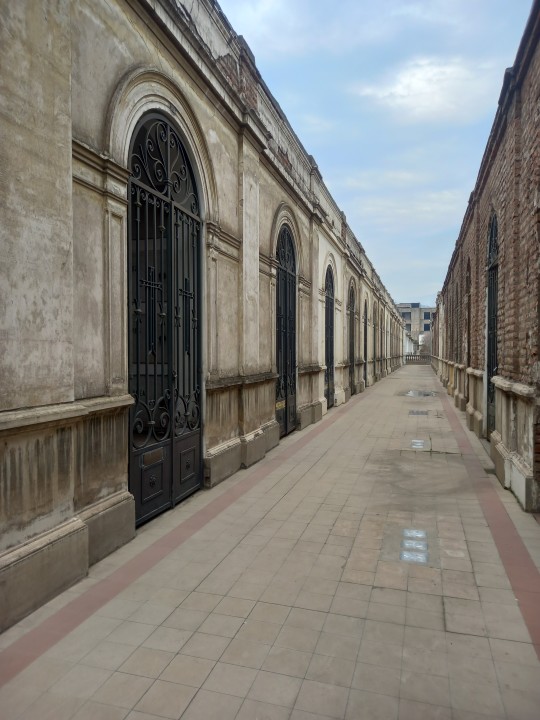
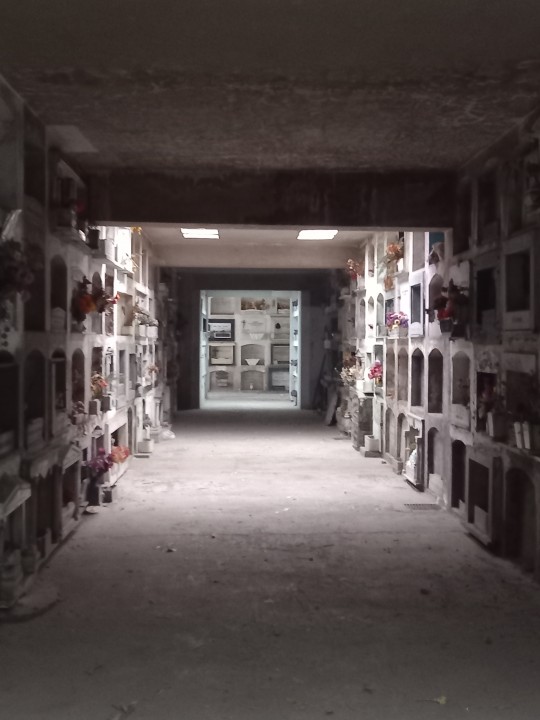

Catholic cemetery in Santiago, Chile. Declared a National Historic Monument. It is one of the oldest and most emblematic cemeteries in our country, also considered the largest and oldest in the city of Santiago. Under the auspices of Archbishop Valdivieso, the French architect Paul Lathoud designed the cemetery starting in 1879.
0 notes
Photo
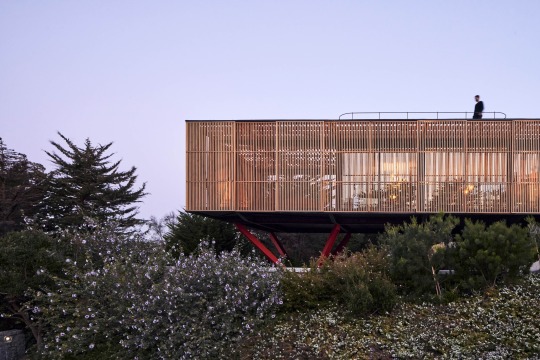



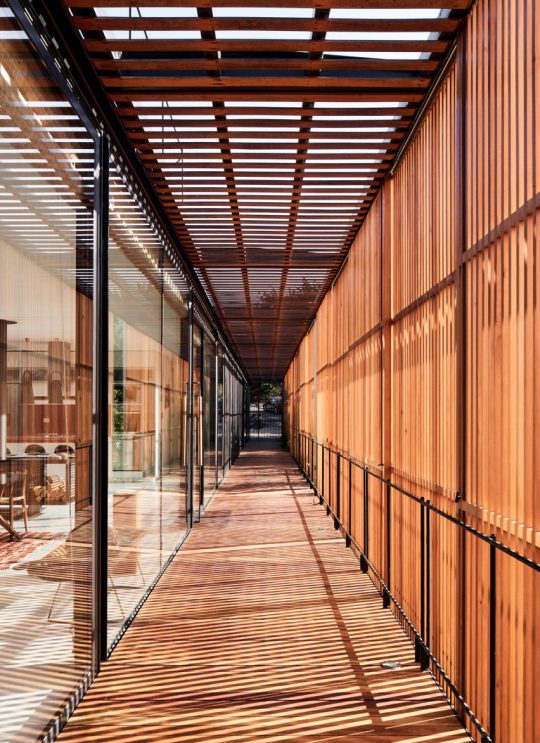

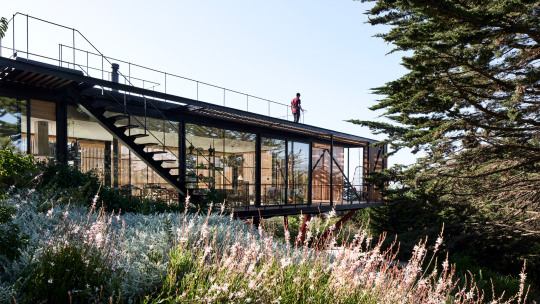
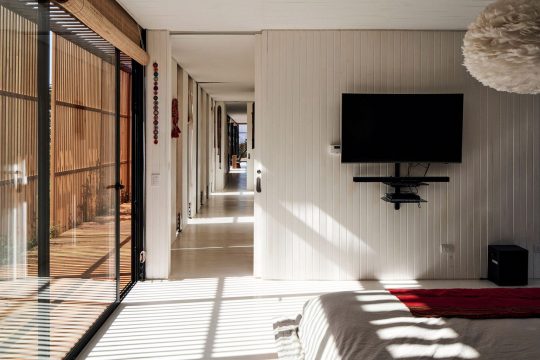
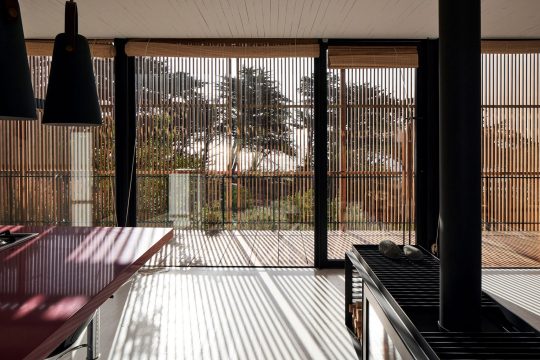

Engawa House, Zapallar, Chile,
Designed by architects Santiago Valdivieso and Stefano Rolla
#art#design#architecture#interiors#interiordesign#engawa#zapallar#santiago valdivieso#stefano rolla#shutter#shadows#millwork#cantilever#holidayhouse#summerhouse
223 notes
·
View notes
Photo
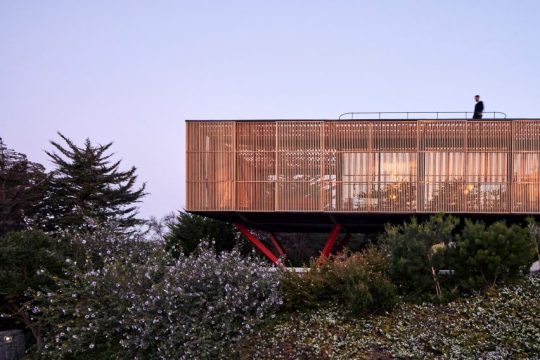
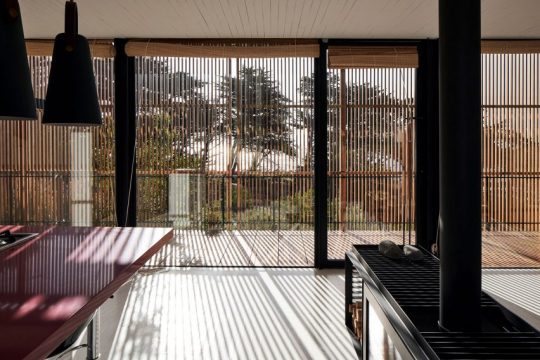
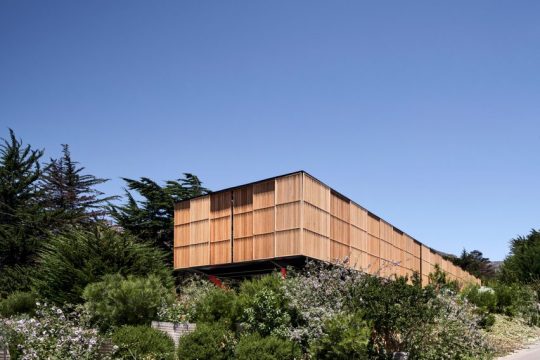

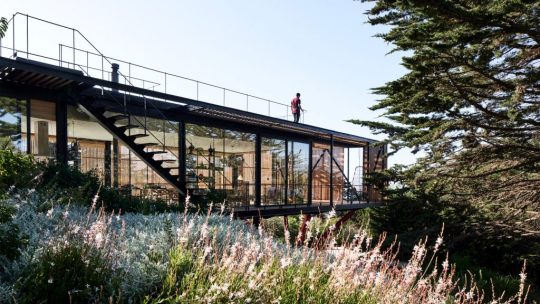
Slatted wood walls enclose glass Engawa House in Chile
6 notes
·
View notes
Photo

サンチアゴ・バルディビエソとステファノ・ロラによるチリ、サパジャールの崖の上に建てられた住宅「Engawa House」(ArchDaily)
Engawa House / Santiago Valdivieso + Stefano Rolla (ArchDaily)
7 notes
·
View notes
Link
#stefano rolla#architecture#arquitectura#houses#casasmodernas#chile#punta pite#engawa#santiago valdivieso#wood
0 notes
Video
PROVIDENCIA
City
Of
LIGHTS
#el.nakamori#El Nakamori#NAKAVISION#Chile#Providencia#Valdivieso#Siempre Valdivieso#Mariya Takeuchi#Takeuchi Mariya#PLASTIC LOVE#CityPop#City Pop#Santiago de Chile#竹内まりや#プラスティックラブ#シティ・ポップ#シティポップ
83 notes
·
View notes
Photo
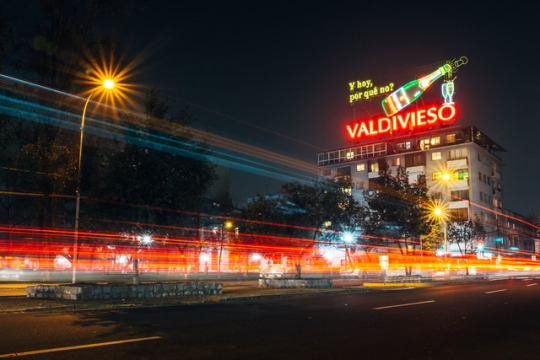
Patrimoniales del futuro. Rancagua con General Bustamante.
#chile#santiago#lugares#places#patrimonio#billboard#letrero#valdivieso#long exposure#larga exposición#fujifilm#fujinon#finepix#28mm#x100t#wcl-x100#photography#photographer#photo#foto#fotografía#fotógrafo#original#tumblr#tripod#manfrotto#landmark
148 notes
·
View notes
Photo



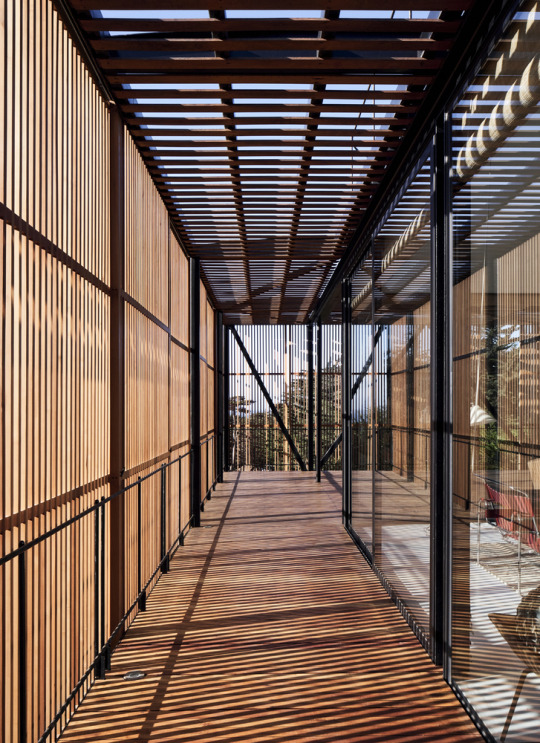
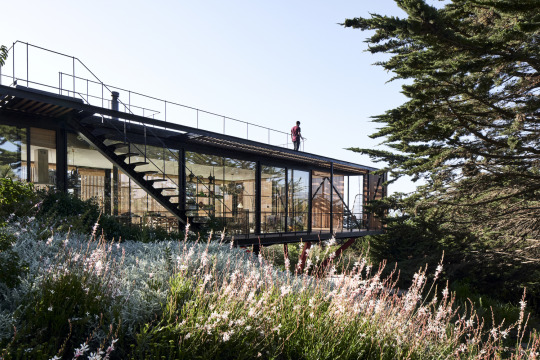
Engawa House / Santiago Valdivieso + Stefano Rolla
Photos © Cristobal Palma / Estudio Palma
253 notes
·
View notes
Photo

Frontis ciego, Primavera del dialogo, Chile.
Blanco indirecto de las protestas, Monseñor Crescente Errázuriz Valdivieso, hermano del presidente Francisco Errázuriz fue opositor a sus políticas y la de los intelectuales liberales de la generación del 42. Como arzobispo de Santiago le tocó asumir durante el estallido social de comienzos del siglo XIX bajo las directrices sociales de la encíclica Rerum Novarum que criticaba el rol de la elite por no haber otorgado mas educación y justicia como gesto de beneficiencia. El tiempo parece atraparlo sentado en medio de las protestas actuales.
#chiledesperto#renunciapiñera#cacerolazo#protestaschile#nuevaconstitucion#primeralinea#universidad catolica de chile#PUC#Crescente Errazuriz#iglesia católica#injusticia social#social movement#university#latinoamérica resiste#Street Photography#chile#Fotografia Urbana#fotografiachile#chilefotos#santiago de chile
16 notes
·
View notes
Photo
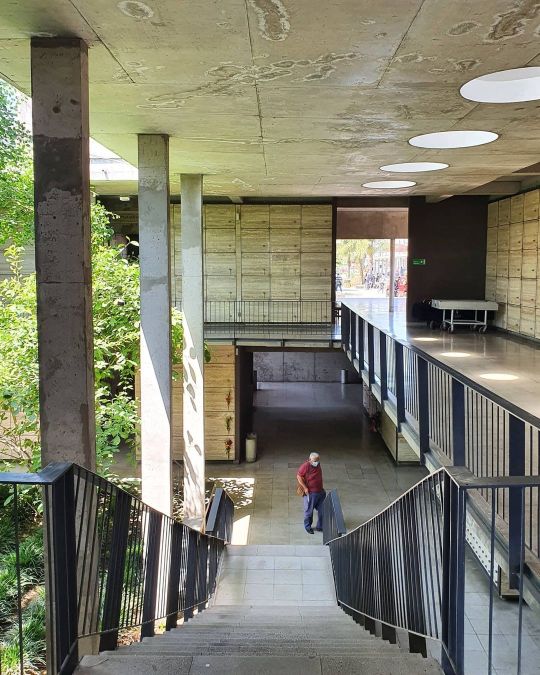
En 2012 fue inaugurada la primera etapa del Cementerio Santísima Trinidad de Recoleta, obra del arquitecto #TeodoroFernandez, Premio Nacional de Arquitectura, autor del Parque Bicentenario de Vitacura y la remodelación de la Quinta Normal. Ubicado a un costado del actual Cementerio Católico, en Arzobispo Valdivieso 555, constará de siete etapas en un plazo de 20 años. Uno de sus mayores atractivos arquitectónicos será un gran jardín central compuesto por 4.700 especies, como magnolias, enredaderas, ginkgos biloba y robles americanos. Se trata del primer cementerio construido en altura desde el siglo XX en Latinoamérica. El lugar está inspirado en la Ciudad Utópica de San Agustín y el cementerio de Westwood de Los Angeles. Será una gran ciudadela organizada a partir de patios unidos mediante calles porticadas en torno a un parque central. Tendrá un nivel superior concebido como un sistema de plazas abiertas al paisaje del valle de Santiago. El recinto será una edificación adicional al tradicional Cementerio Católico, construido en 1878 por el arquitecto francés Paul Lathoud e inspirado en el cementerio Staglieno de Génova. A largo plazo, servirá de “sustituto” al añoso camposanto. Texto de La Tercera Fotos de @santiagoadicto (en Santisima Trinidad Cementerio Catolico) https://www.instagram.com/p/CHA2syphN6L/?igshid=14886bwc4hzf7
1 note
·
View note
Photo

Engawa House / Santiago Valdivieso + Stefano Rolla
1 note
·
View note
Text
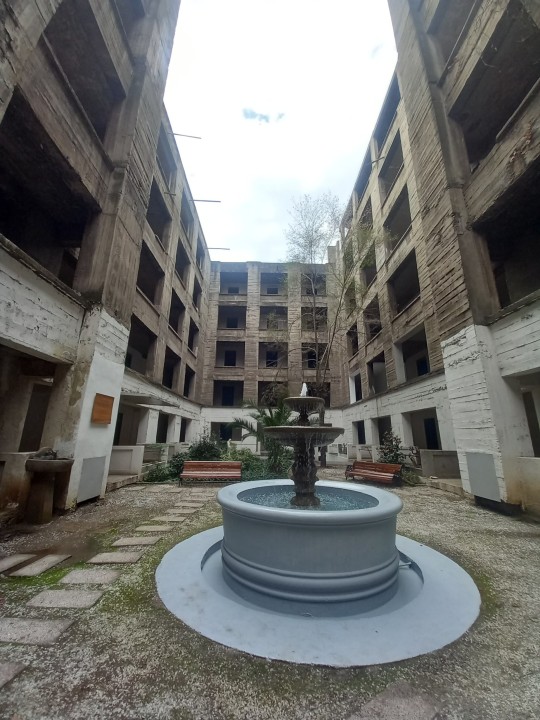


Catholic cemetery in Santiago, Chile. Declared a National Historic Monument. It is one of the oldest and most emblematic cemeteries in our country, also considered the largest and oldest in the city of Santiago. Under the auspices of Archbishop Valdivieso, the French architect Paul Lathoud designed the cemetery starting in 1879.
Cementerio católico de Santiago, Chile. Declarado Monumento histórico Nacional. Es uno de los cementerios más antiguos y emblemáticos de nuestro país considerado también el más grande y más antiguo de la ciudad de Santiago. Bajo los auspicios del Arzobispo Valdivieso, el arquitecto francés Paul Lathoud, diseñó el cementerio a partir del año 1879.
#tumbas#cemetery#cemetary#cementerio#arquitectura#architecture#architecturephotography#brutalism#building#winter#photooftheday#original photogrpahy
1 note
·
View note
Photo

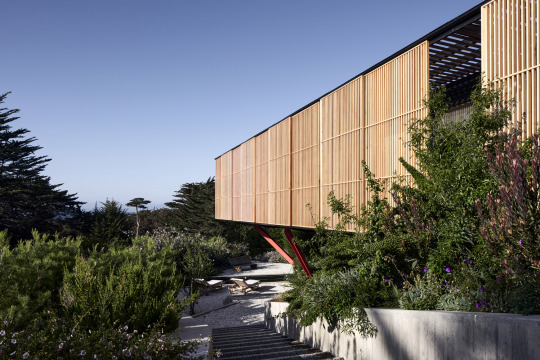



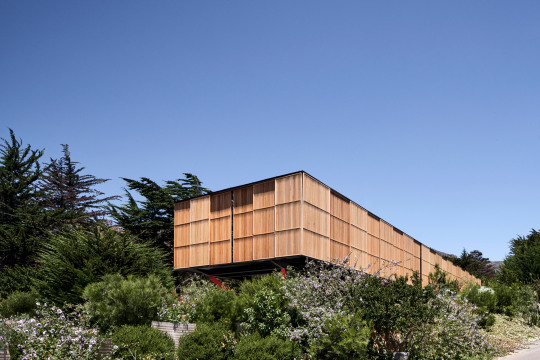
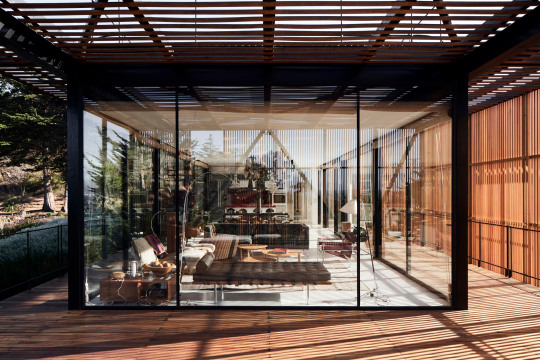



Casa Engawa, Punta Pite, Chile,
Santiago Valdivieso and Stefano Rolla Architecture,
Landscape: Alejandra Marambio
#art#design#interiors#architecture#shutters#millwork#chile#punta pite#engawahouse#casa#stefano rolla#santiago valdivieso#alejandra marambio#landscaping#woodworking#minimalism#luxury house#luxury lifestyle
736 notes
·
View notes